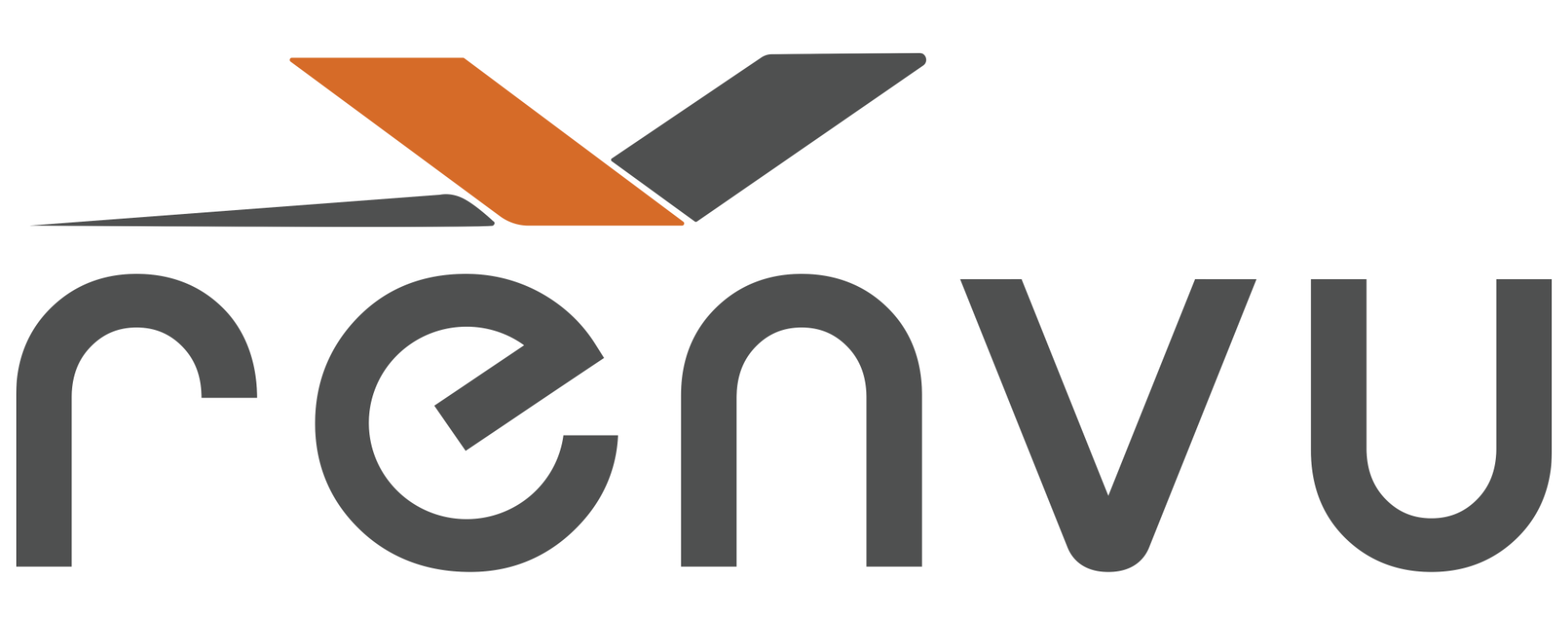Yes, perhaps I was generalizing a bit too much. The HD series of inverters is not more "prone" to clipping, per se. But there are two important differences which can lead to more clipping depending on the characteristics of individual installs:
1) Increase in supported DC to AC ratio. Yes, SE permits higher DC to AC ratios on the HD units without voiding the warranty. This has led some novice installers to "oversubscribe" more generously than they should be for some installs.
2) Name plate versus actual DC inverter capacity. Some models in the older A-series actually have a higher DC inverter capacity than their name plate suggests. In contrast, the new HD's series strictly curtails inverter capacity to match the nameplate.
See these comparison spec sheets. Most notably the 7600 which is one of the most popular sizes.
HD (7600VA for the 7600 A-Series)
https://www.solaredge.com/sites/defa...tasheet-na.pdf
A-Series (8350VA for the 7600 A-Series)
https://www.solaredge.com/sites/defa...-datasheet.pdf
While some minor clipping is generally acceptable -- in some cases even preferable to the added costs of replacing load centers, etc. if a line side tap is not permitted -- the reality is that the differential cost between models of the SE inverter line is pretty small. Usually only a few hundred dollars -- sometimes less. Which in the grand scheme of a $30k or $40k project is insignificant.
While upgrading inverters from ROI perspective may not always make fiscal sense, running electronics at 50-80% load versus 70-105% load, particularly passively cooled electronics, makes sense to me from a longevity perspective. But others may disagree.
Customers will complain when they see clipping, even if the amount of power lost is insignificant and not cost effective to remediate.
For example, the cost differential between the 7600HD and 10000HD on Alt-E for example is $429. ($1579 versus $1999)
And only $404 on Renvu (you need a log on to see pricing) $1,451.30 versus $1,855.02
Similarly price differentials between the 6000 and 7600 and 10000 and 11400 are even less.
All I'm saying is that installers should be more transparent about these types of choices and discuss the pros and cons.
1) Increase in supported DC to AC ratio. Yes, SE permits higher DC to AC ratios on the HD units without voiding the warranty. This has led some novice installers to "oversubscribe" more generously than they should be for some installs.
2) Name plate versus actual DC inverter capacity. Some models in the older A-series actually have a higher DC inverter capacity than their name plate suggests. In contrast, the new HD's series strictly curtails inverter capacity to match the nameplate.
See these comparison spec sheets. Most notably the 7600 which is one of the most popular sizes.
HD (7600VA for the 7600 A-Series)
https://www.solaredge.com/sites/defa...tasheet-na.pdf
A-Series (8350VA for the 7600 A-Series)
https://www.solaredge.com/sites/defa...-datasheet.pdf
While some minor clipping is generally acceptable -- in some cases even preferable to the added costs of replacing load centers, etc. if a line side tap is not permitted -- the reality is that the differential cost between models of the SE inverter line is pretty small. Usually only a few hundred dollars -- sometimes less. Which in the grand scheme of a $30k or $40k project is insignificant.
While upgrading inverters from ROI perspective may not always make fiscal sense, running electronics at 50-80% load versus 70-105% load, particularly passively cooled electronics, makes sense to me from a longevity perspective. But others may disagree.
Customers will complain when they see clipping, even if the amount of power lost is insignificant and not cost effective to remediate.
For example, the cost differential between the 7600HD and 10000HD on Alt-E for example is $429. ($1579 versus $1999)
And only $404 on Renvu (you need a log on to see pricing) $1,451.30 versus $1,855.02
Similarly price differentials between the 6000 and 7600 and 10000 and 11400 are even less.
All I'm saying is that installers should be more transparent about these types of choices and discuss the pros and cons.


Comment